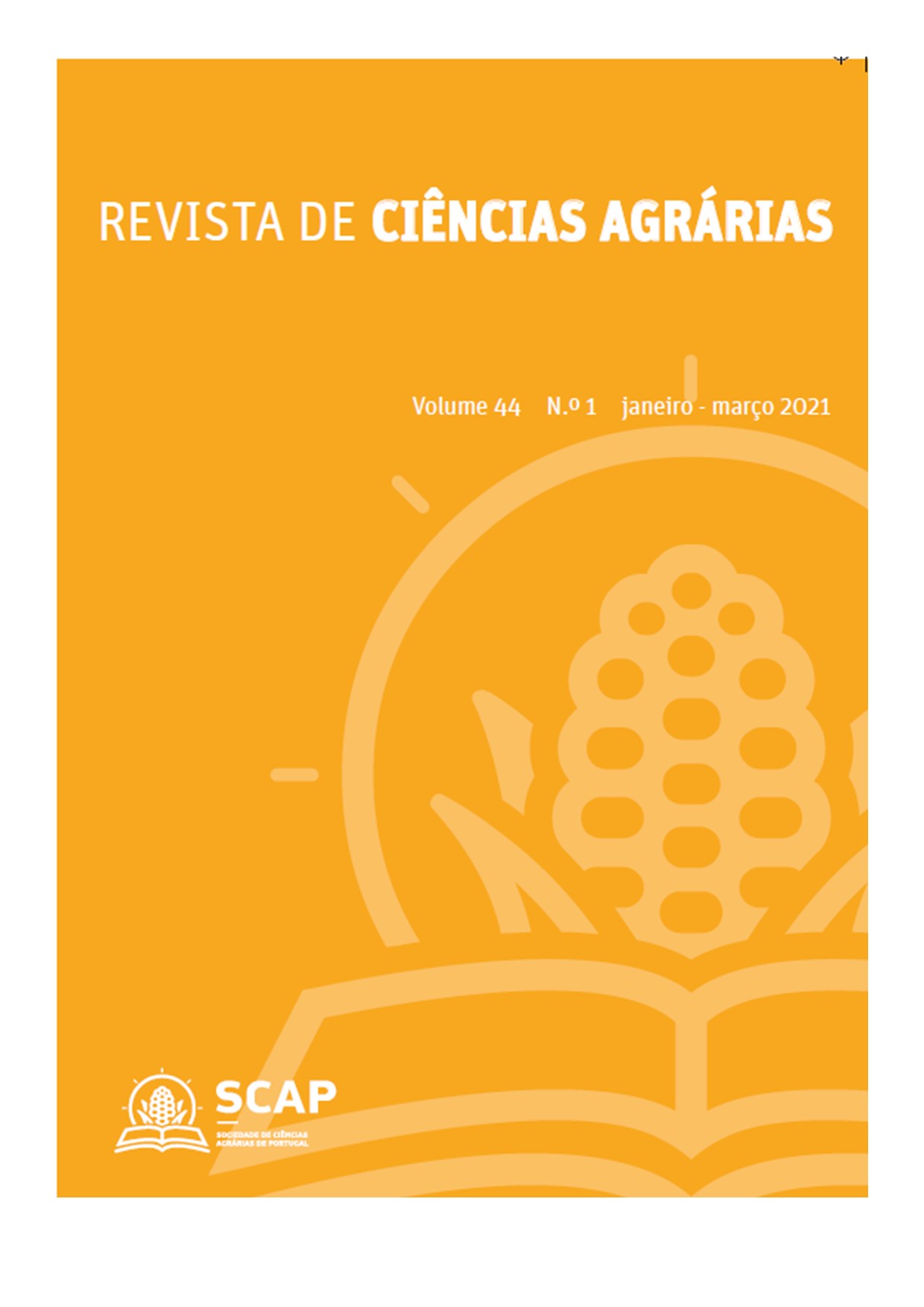Ocorrência e caracterização de populações de bactérias nodulíferas fixadoras de N2 oriundas de áreas de assentamento em Marabá, Pará, Brasil
DOI:
https://doi.org/10.19084/rca.23478Abstract
The native edaphic population study may show are servoir of genetic resources for the selection of efficient strains, besides being an indicator of anthropic tests. The aim of this paper was to characterize and evaluate the occurrence of bacteria population that nodulate and fix N2 using cowpea like a bait plant. This research happened in a greenhouse situated at the Federal Institute of Pará, Campus Marabá Rural. Some soil samples were collected in the PA 26 de Março country into eight environments: being three individual areas under banana and cassava cultivation, one under capoeira and forest. The experimental design was completely randomized with three replications and eight treatments, that consist of the study areas. At 35 days after emergencies of the plants, they were collected to determine the number of nodules (NN), dry matter of the area (DMA) and root (DMR). From each treatment in this process, ten nodules were isolated for the morphological and physiological characterization of their colonies. Nodulation occurred in all treatments, with a large variation in NN and DMA production. 53 strains were isolated and most of them presented morphological and physiological characteristics similar to those found in the genera Rhizobium, Sinorhizobium, Allorhizobium e Mesorhizobium.


